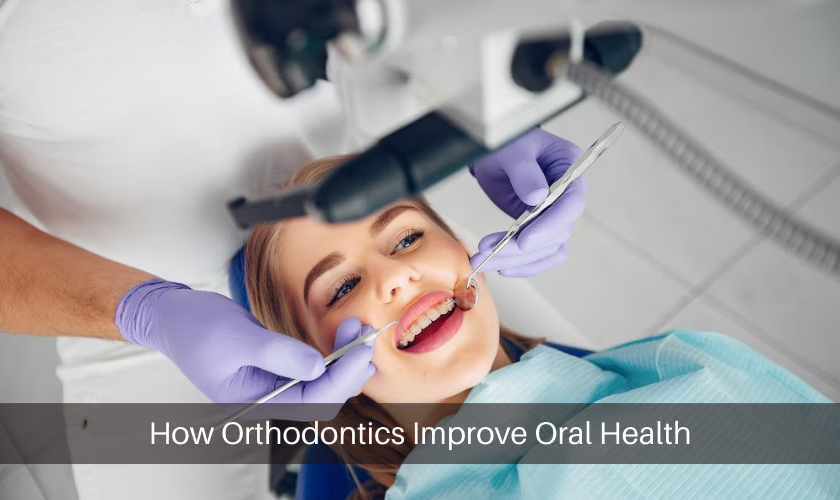
How Orthodontics Improve Oral Health
Orthodontics can play an important role in maintaining your oral health. Orthodontic treatments can help you achieve the smile that you’ve always wanted and more importantly, can improve your overall oral health by correcting misalignments, preventing gum disease, and reducing the risk of cavities and other oral problems. This blog will discuss how orthodontic treatments can improve your oral health, the types of treatments available, and what to expect when considering an orthodontic treatment.
Orthodontics is a specialty within dentistry that focuses on the diagnosis, prevention, and correction of teeth and jaw misalignments and irregularities. Orthodontics can be used to improve the appearance of your smile, but it also has many other benefits for your oral health. Orthodontic treatments can help to prevent gum disease, reduce the risk of cavities and other oral problems, and correct misalignments.
Benefits of Orthodontic Treatments
Prevent Gum Disease
Gum disease is an infection of the gums caused by bacteria from plaque buildup that occurs when teeth are misaligned or have too many spaces between them. Orthodontic treatments can help to reduce the gap between teeth and create an even bite, which in turn reduces the risk of gum disease by making it harder for plaque to accumulate.
Reduce Risk of Cavities
Misaligned teeth can also cause problems with the way you bite and chew food, which can lead to cavities. Orthodontic treatments can help to correct these misalignments and reduce your risk of cavities by ensuring that your teeth fit together properly when you bite or chew.
Correct Misalignments
Orthodontics is most commonly used to correct misalignments and irregularities in teeth. Orthodontic treatments can help to straighten teeth, create even bites, and improve your smile.
Types of Orthodontic Treatments
Braces
Braces are a common orthodontic treatment used to correct misalignments and create even bites. They consist of metal brackets that are attached to your teeth and connected with wires, which are tightened periodically to move your teeth into the desired position.
Invisalign
Invisalign is an alternative to braces that uses a series of clear plastic aligners instead of traditional metal brackets. The aligners are custom-made to fit your teeth and gradually move them into the desired position over time.
Retainers
Retainers are used after braces or Invisalign treatments to help keep your teeth in their new positions. They are usually made from a plastic material and worn for several hours each day.
FAQs:
Q: How long does orthodontic treatment take?
A: The length of time it takes for orthodontic treatments depend on the type of treatment you are having and the severity of your misalignment. Braces typically take between one and three years to complete, while Invisalign can take anywhere from six months to a year.
Q: How much does orthodontic treatment cost?
A: The cost of orthodontic treatments vary depending on the type of treatment and the severity of your misalignment. However, most insurance plans cover at least some of the costs associated with braces and Invisalign treatments.
Q: Are there any side effects to orthodontic treatments?
A: Orthodontic treatments are generally safe and effective but may cause some temporary discomfort such as soreness and tenderness in your teeth, gums, or jaw. However, these side effects usually go away after a few days.
Conclusion:
Orthodontic treatments can offer many benefits for your oral health. They can help to prevent gum disease, reduce the risk of cavities, and correct misalignments. There are several different types of orthodontic treatments available, including braces, Invisalign, and retainers. If you are considering orthodontic treatment, it is important to discuss your options with an orthodontist to determine the best solution for your individual needs.
